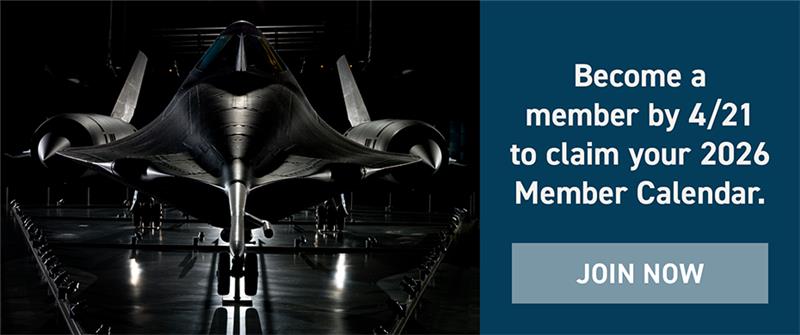
Stories of daring, stories of technological feats, stories of prevailing against the odds ... these are the stories we tell at the National Air and Space Museum. Dive in to the stories below to discover, learn, and be inspired.
Showing 131 - 140 of 176
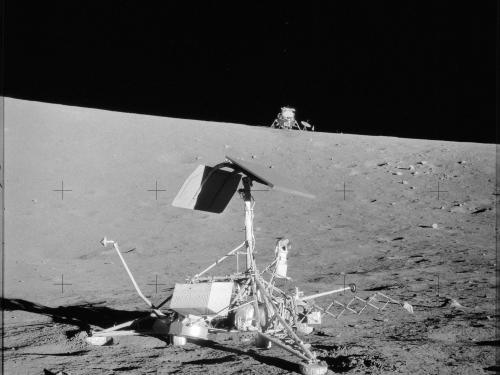
March 09, 2016
On February 26, 2016, we opened our latest exhibition of imagery, A New Moon Rises, in our Art Gallery.

March 03, 2016
I recently shared that we uncovered handwritten notes and markings inside the Apollo 11 Command Module Columbia—the spacecraft that carried astronauts Armstrong, Collins, and Aldrin into lunar orbit and home on their historic voyage of July 1969. As part of our collaboration with the Smithsonian’s Digitization Program Office to create a detailed 3D model of the spacecraft, we had access to previously inaccessible areas for the first time in many years. We found notes written on a number of locker doors and even a small calendar used to check off days of the mission. We did our best to imagine the circumstances surrounding the creation of these markings. In the weeks that have passed, I have been working with an extraordinary team of experts to see what we can learn about each of the markings we documented, especially the more technical numerical entries. Today, we are posting the Apollo Flight Journal (AFJ) website, a detailed account of all the information we’ve gathered so far.
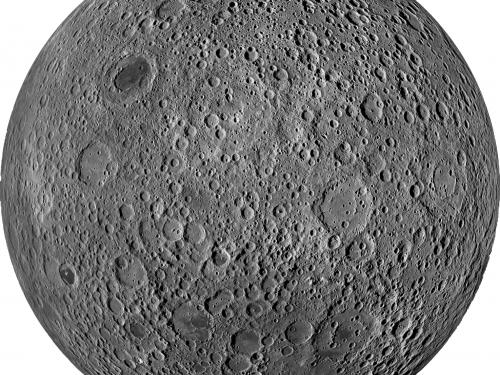
February 26, 2016
Scientific images can rival those of the most talented artists, a fact that is now on display in A New Moon Rises at our Museum in Washington, DC. Take, for example, an image of Reiner Gamma, a beautiful and strange feature on the Moon that looks as though a tadpole has been painted across the flat surface of Oceanus Procellarum. The image demonstrates the phenomenon of lunar swirls – bright patterns that some scientists believe may result from the solar wind striking the lunar soil. A localized magnetic field anomaly may have given this swirl its peculiar shape. The photo is densely packed with scientific information.

February 11, 2016
During the course of a project to produce a detailed 3D model of the Apollo 11 Command Module Columbia, we were able to observe and record some hand-written notes and markings in areas of the spacecraft that have been hidden from view for more than 40 years.
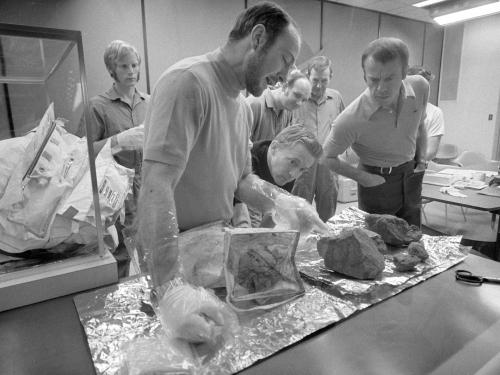
February 09, 2016
On Thursday, February 4, the world lost the last of the Apollo 14 astronauts. Edgar Dean Mitchell, U.S. Navy test pilot and the sixth person to walk on the Moon, passed away in his sleep near his Florida home at the age of 85. Though it was his only flight into space, Apollo 14 provided the rather insightful Mitchell with an opportunity to test the bounds of the human mind in ways sometimes only he knew of at the time. Characterized later as the “Overview Effect,” he described the space travel experience as one that shifted his own beliefs about human existence, though having an openness to such a change was always a part of Mitchell’s way of life.
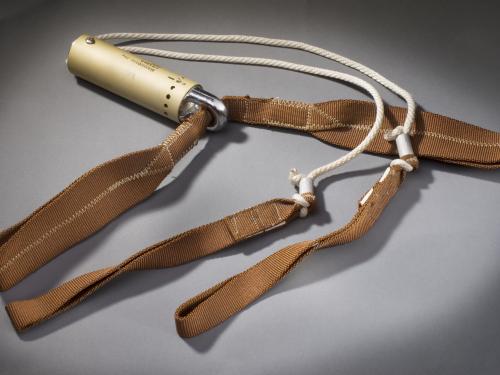
January 07, 2016
Here on Earth, everyone knows exercise is important, but in the weightless environment of space, it’s really important.
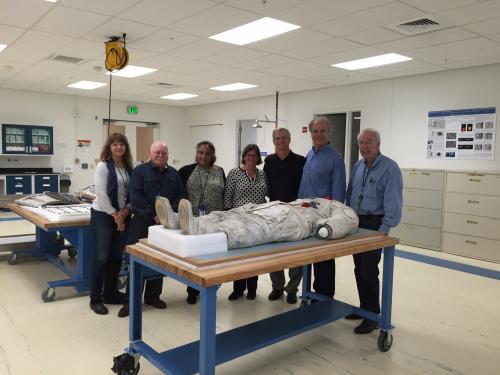
November 27, 2015
Our conservation team had the pleasure of hosting Alan Eustace, former Google executive, engineer, and stratospheric explorer, this month in the Emil Buehler Conservation Laboratory. Eustace and his StratEx team are well known for their three world records including one for the highest altitude jump at 41,422 meters (135,899 feet) in 2014. The adventurer was in town giving a lecture about his historic jump and to donate to the Museum the suit, life support, and balloon equipment module he used during the jump.

November 12, 2015
Apollo artifacts have begun to receive increased scrutiny in light of recent discussions about returning humans to the Moon and the upcoming 50th anniversary of the historic Apollo missions. What did astronauts of the 1960s and 1970s bring back from the Moon? What was left behind? And how can we verify the authenticity of any of those objects if they have been or will be recovered?
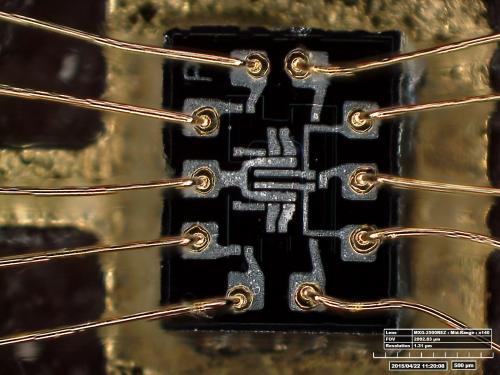
October 14, 2015
As the Apollo program took form in the early 1960s, NASA engineers always kept the safety of their astronauts at the fore in light of the enormous risks they knew were inherent in the goal of landing on the Moon and returning safely.
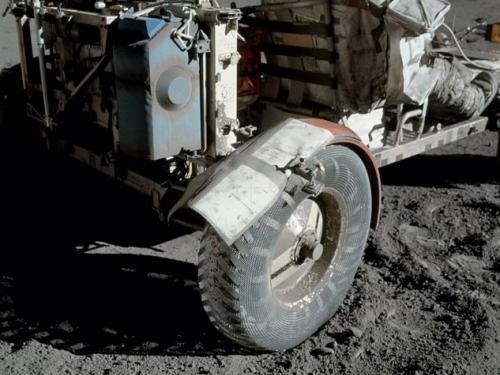
August 31, 2015
When most people think of emergency fixes in space, the first incident that comes to mind is the famous Apollo 13 mission. The astronauts fashioned duct tape and surplus materials into air filtration canisters in the lunar module to keep all three astronauts alive for the entire trip home.
